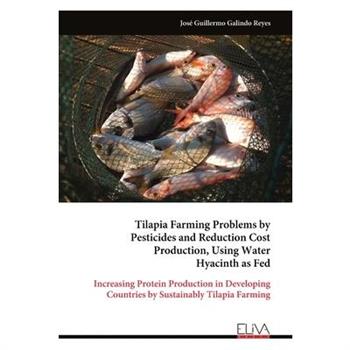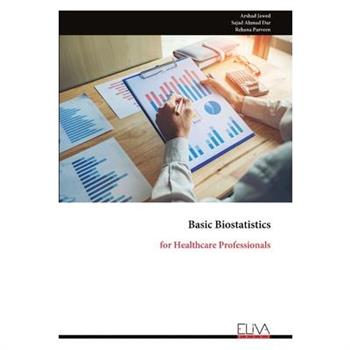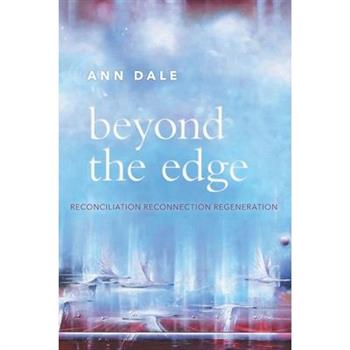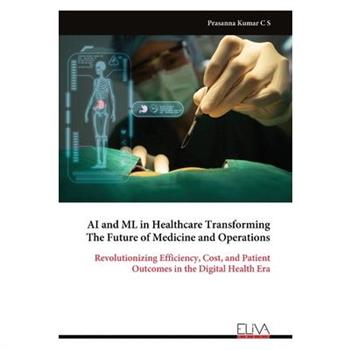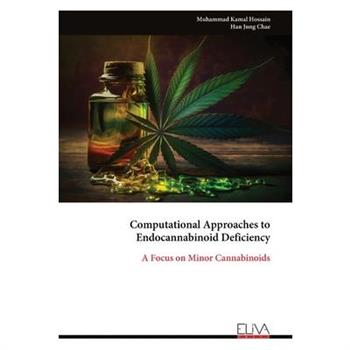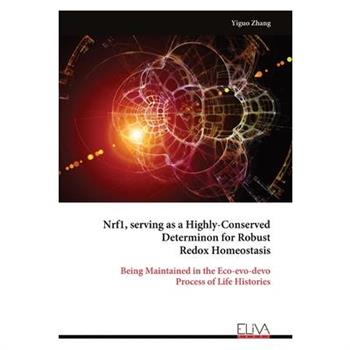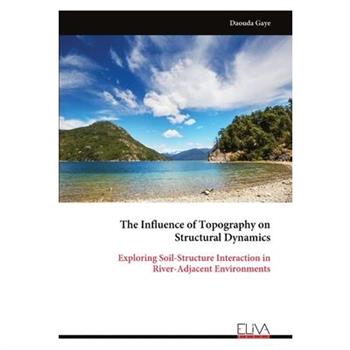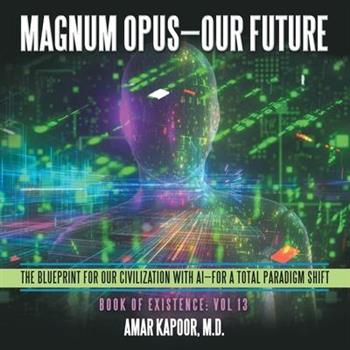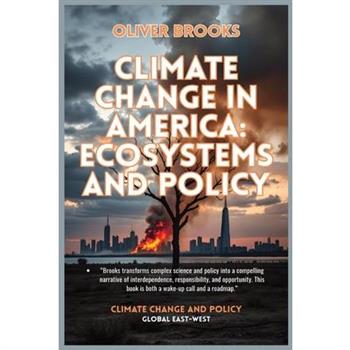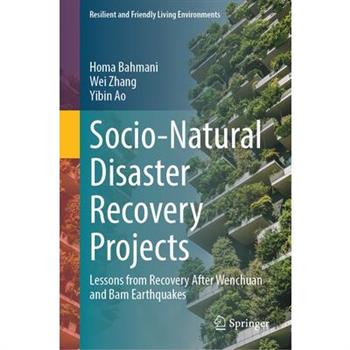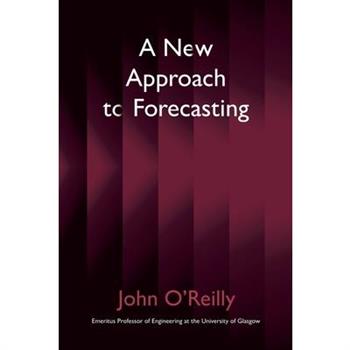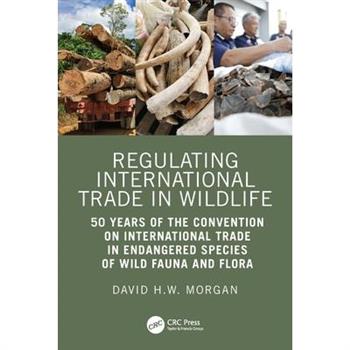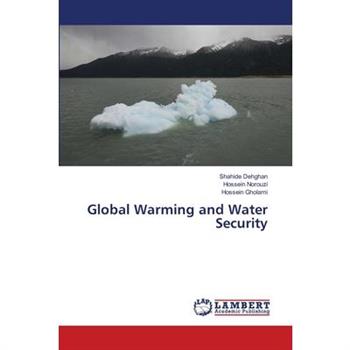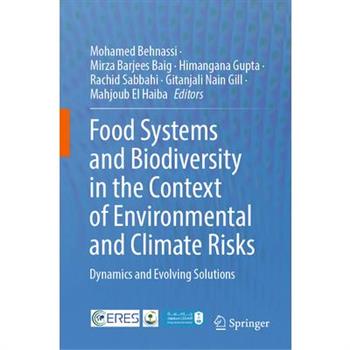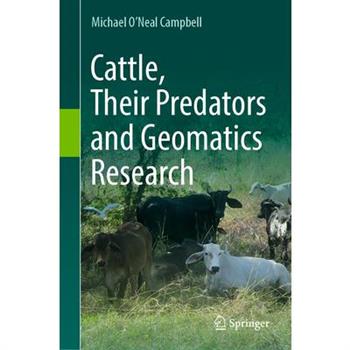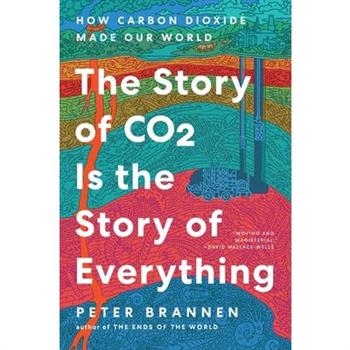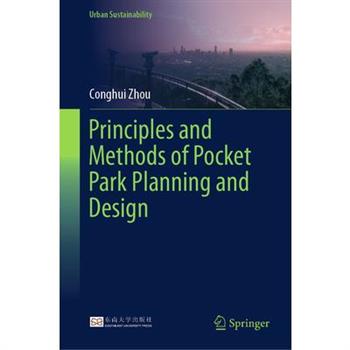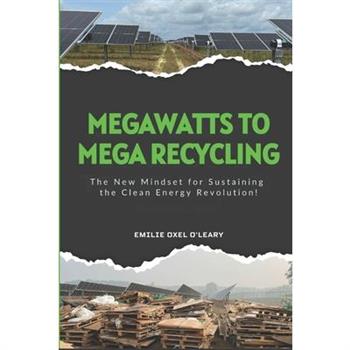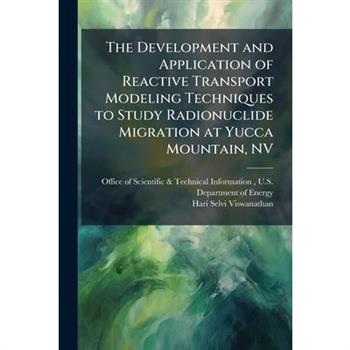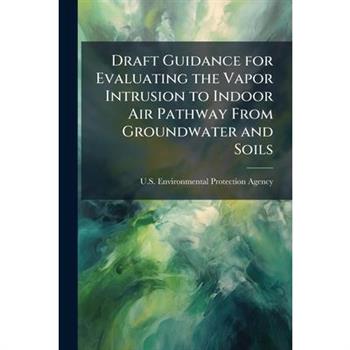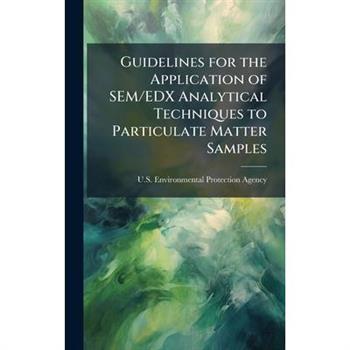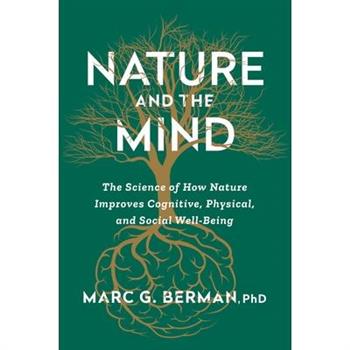Why We Struggle to Go Green
Clean energy won't save us from the effects of climate change. Amid corporate Net Zero campaigns, the politics of the Green New Deal, and the calls to abandon fossil fuels for renewable technology -- or vice versa -- lies a troubling truth: No clean technological solutions can solve the problem of human-induced climate change. To find a credible path to a sustainable future, we must set aside hopes of building our way out of humanity's addictions to energy and material convenience. In Why We Struggle to Go Green, Tom Ortiz offers a clear-eyed assessment of our efforts to mitigate the effects of climate change. As a mechanical engineer who has traversed the conventional and renewable energy landscapes for 30 years, Ortiz provides an in-depth yet easy-to-understand assessment of the harsh reality facing mankind. Bridging the gap between academic research and journalism, Ortiz shows why there are no easy answers in the energy transition. Beginning with a general overview of human energy use and a summary of key physical constraints on energy and natural resource extraction, the book details five pillars of the transition: electrification, carbon capture and storage, hydrogen, recycling, and carbon pricing. Ortiz concludes with recommendations for changes society can make that, while perhaps painful and controversial, will reduce our collective environmental impact and bequeath a more manageable legacy to future generations. Why We Struggle to Go Green cuts through the hype and rhetoric to offer something rare: climate change realism from someone who's spent decades looking for solutions.
AI and ML in Healthcare Transforming The Future of Medicine and Operations
Unlock the transformative power of Artificial Intelligence and Machine Learning in healthcare operations! This groundbreaking study dives deep into how AI and ML are reshaping the industry-optimizing workflows, reducing costs, and enhancing patient outcomes. From predictive analytics to automated processes, discover practical insights and real-world applications that address the most pressing challenges in healthcare management today. Whether you're a healthcare professional, researcher, or tech enthusiast, this book is your guide to understanding and leveraging cutting-edge technologies for a smarter, more efficient healthcare future.
Computational Approaches to Endocannabinoid Deficiency
Computational Approaches to Endocannabinoid Deficiency: A Focus on Minor Cannabinoids delves into the promising but underexplored realm of minor cannabinoids like CBG, CBC, and CBN, which remain largely inaccessible in the context of diseases associated with endocannabinoid deficiency (CECD). While THC and CBD have garnered significant attention for their therapeutic potential, this book explores the potential of these lesser-known cannabinoids as future drug candidates. Using advanced computational methods, the book identifies critical structural features of minor cannabinoids and their interactions with CB1 and CB2 receptors, offering valuable insights into their role as targeted therapies for CECD. Through molecular dynamics simulations, it opens the door for further experimental research and innovation in cannabinoid-based treatments. A must-read for those seeking cutting-edge solutions in cannabinoid therapeutics and endocannabinoid deficiency.
Nrf1, serving as a Highly-Conserved Determinon for Robust Redox Homeostasis
Differential and even opposing functions of two major antioxidant transcription factors Nrf1 and Nrf2 (encoded by Nfe2l1 and Nfe2l2, respectively) are determined by distinctions in their tempospatial positioning, topological repartitioning, proteolytic processing, and biochemical modification, as well as in their shared evolutionary origin. As a matter of fact, the allelopathic potentials of Nrf1 and Nrf2 (both resembling two entangled 'Yin-Yang' quanta that comply with a dialectic law of the unity of opposites) are fulfilled to coordinately control redox physiological homeostasis so as to be maintained within the presetting thresholds. By putative exponential curves of redox stress and intrinsic anti-redox capability, there is inferable to exist a set point at approaching zero with the 'Golden Mean' for the healthy survival (i.e., dubbed the 'zero theory'). A bulk of the hitherto accumulating evidence demonstrates that the set point of redox homeostasis is dictated selectively by multi-hierarchical threshold settings, in which the living fossil-like Nrf1 acts as a robust indispensable determinon, whereas Nrf2 serves as a versatile chameleon-like master regulon, in governing the redox homeodynamic ranges. This is attributable to the facts that Nrf2 has exerted certain 'double-edged sword' effects on life process, whereas Nrf1 executes its essential physiobiological functions, along with unique pathophysiological phenotypes, by integrating its 'three-in-one' roles elicited as a specific triplet of direct sensor, transducer and effector within multi-hierarchical stress responsive signaling to redox metabolism and target gene reprogramming. Here, we also critically reviewed redox regulation of physio-pathological functions from the eco-evo-devo perspectives, through those coding rules (redox code, stress-coping code, and topogenetic code). The evolving concepts on stress and redox stress were also further revisited by scientific principles of physics and chemistry, apart from two novel concepts of 'oncoprotists' and 'reverse central dogma' being introduced in this interdisciplinary and synthetic review.
The Influence of Topography on Structural Dynamics
Structural stability is a critical challenge in river-adjacent environments, where dynamic topographical and environmental forces shape engineering possibilities. This book delves deep into the intricacies of Soil-Structure Interaction (SSI), focusing on the impact of slopes, soil saturation, seismic forces, and hydrological dynamics on the performance and resilience of structures. Combining cutting-edge geotechnical data analysis, finite element modeling, and empirical case studies, this comprehensive resource explores how buildings respond to the unique risks posed by proximity to riverbanks. From settlement and lateral displacement to erosion-induced instability, the findings provide actionable recommendations for adaptive foundation designs and resilient construction practices.
Magnum Opus-Our Future
In recent years, humanity has been gifted with excellence in scientific research and innovative leaders who have produced, discovered, invented, and executed radical technological breakthroughs. These remarkable converging technologies, woven with artificial intelligence (AI) integration, 3D printing, self-driving machines, and augmented and virtual reality embedded with touch-based interfaces are leading humanity into a future that embodies our highest aspirations. In a comprehensive presentation that invites others to imagine a world where innovation is limitless, compassion guides actions, and everyone influences the future, Dr. Amar Kapoor explores the transformative changes facing humanity due to rapid technology, social dynamics, and global challenges. While emphasizing the integration of AI in our lives and the importance of individual agency in effecting meaningful change, Dr. Kapoor offers insights into the choices we face today and the extraordinary potential we hold collectively to envision a future where hope, purpose, and progress converge. Magnum Opus-Our Future offers a roadmap for sustainability, reformation, and transformation as innovation leads humanity to collaboratively create a bright future full of immense possibilities.
Earth's Climate Response to a Changing Sun
No detailed description available for "Earth's climate response to a changing Sun".
Climate Change in America
Climate Change in America: Ecosystems and Policy by Oliver Brooks is a timely and incisive exploration of the United States' role in the global climate crisis. Drawing from science, history, and policy analysis, Brooks reveals the intricate web connecting environmental, economic, and social systems - both within America and across the globe .The book journeys from the science underpinning climate change to the endangered biodiversity of America, the disproportionate risks faced by vulnerable populations, and the stark regional variations in climate impacts . It examines decades of federal and state environmental policy, highlighting the differences in climate strategies between Republican and Democratic administrations, while also considering the country's evolving position in international negotiations .Brooks argues for a fundamentally global lens, showing that American climate policy is inseparable from international cooperation, equity principles, and reciprocal learning between nations Through a balanced yet urgent narrative, he underscores the pressing need for transparent leadership, public engagement, and accurate media representation of climate challenges .For policymakers, researchers, activists, and concerned citizens, Climate Change in America offers both an unflinching diagnosis of the problem and a roadmap for collaborative, effective solutions. This is more than a call to action - it is a guide to aligning domestic priorities with the global urgency of our shared future.
A New Approach to Forecasting
The greatest original work on forecasting ever published. By a master of the post-Kalman era. Professor O'Reilly brings a lifetime's engineering experience, and not a little scholarship, to an enduring problem. The result: a completely new theory of filtering and prediction for causal dynamical system models subject to significant disturbance uncertainty. Any causal dynamical system model can be used.No a priori knowledge of the model uncertainties is required. Estimation of uncertain dynamical systems, it turns out, is a modelling problem. With necessary model validation. The criterion for high-fidelity signal reconstruction is how closely the signal estimates resemble the measured output data of the actual dynamical system.In contradistinction to the Kalman off-line nominal design approach, the causal estimation approach is an on-line model tuning approach. This physical approach places estimation of dynamical systems on an experimental footing, akin to classical physics and engineering. And closer to present day industrial practice. Both causal and Kalman approaches are evaluated within twentieth century filtering and prediction theory. The new estimator is completely general, non-statistical, and very easy to use.
Regulating International Trade in Wildlife
The Convention on International Trade in Endangered Species of Wild Fauna and Flora (CITES) was one of the first in a new wave of global multilateral environmental agreements (MEAs) formed after the 1972 United Nations Conference on the Human Environment. It is widely recognized as being one of the most successful biodiversity MEAs.Regulating International Trade in Wildlife: 50 Years of the Convention on International Trade in Endangered Species of Wild Fauna and Flora represents the first published history of the Convention to coincide with the 50th anniversary of its entry into force. It examines the context under which the Convention was created, and charts the development of its internal organization, including its governing and intersessional bodies and its secretariat, and the personalities that built them.CITES' business is about the conservation of species affected by international trade. This book reviews the application of CITES to whales, the African elephant, crocodilians, vicu簽a, timber and tree species, fish and other marine species. The Convention's compliance framework is arguably its most pre-eminent feature. The book looks at the way that key obligations on Parties have been identified, the standards of implementation set, what efforts are made to help Parties comply with these and what sanctions are taken against Parties that fail to implement them. Finally, the author offers some personal reflections on the successes and failures of CITES, based on his 40 years of engagement with the Convention and looks ahead to how it might develop in its second half-century. Regulating International Trade in Wildlife: 50 Years of the Convention on International Trade in Endangered Species of Wild Fauna and Flora is of great interest to wildlife scientists, including conservationists, historians, biologists, as well as environmental scientists and non-governmental organizations.FEATURES: - Tracks the history of the development of CITES, its forerunners, origins, negotiation and entry into force- Reviews the internal development of the Convention and its place in the wider debate about environmental security - Extensively referenced from primary research of the Convention's archives- Incisive analysis of its successes and failures
The Old and New Persistent Organic Pollutants
Our understanding of persistent organic pollutants (POPs), their exposure pathways, and their impact on the environment and human health is constantly evolving and the list of new and emerging POPs is constantly changing. This book provides a comprehensive coverage of new and old hazardous chemicals, their physical and chemical properties, their breakdown products, their fate in the environment, and the environmental and human risk impact. It discusses global policies based on the United Nations' FAO frameworks, explains the severity of contamination, and raises awareness on the assessment and remediation of contaminated sites in developed and developing countries.Features: Provides a broad temporal perspective on POPs with contributions from a global team of experts. Covers chemistry, toxicology, remediation, regulation, and conventions related to POPs. Explains systematically the fate and behavior of POPs and their effect on the environment and ultimately the impact on human health. Brings together for the first time information on global policies on POPs. Includes case studies that detail assessment criteria of old and new POPs as well as remediation technologies This book is an excellent resource for professionals, researchers, academics, and students who work in or study environmental risk assessment and remediation.The Open Access version of this book, available at http: //www.taylorfrancis.com, has been made available under a Creative Commons Attribution-Non Commercial-No Derivatives (CC BY-NC-ND) 4.0 license.
Toward Sustainable Environmental Education
This new book, Toward Sustainable Environmental Education: Trends, Challenges, and Opportunities, covers a wide range of topics relevant to sustainable education. The volume reflects the priorities of the UNESCO Global Action Programme on Education for Sustainable Development, which reaffirms the importance of education in society. The idea of sustainability necessitates that we take into account long-term horizons, environmental stability, the needs of humans in various locations, as well as those of non-human residents of the earth.The book considers environmental education, the social and cultural implications of climate science, education and sustainable development, sustainable education and COVID-19 pandemics, new technology in education, and many other pertinent issues relating to environmental protection.This book offers an authoritative source of information on sustainable education ecosystems and their challenges and opportunities, with the potential to address issues related to the global and changing market-driven factors. The goal of the book is to considerably increase our understanding of the most recent environmental education research for sustainable development.
Ecology for the 21st Century
Ecology for the 21st Century is a comprehensive, beginner-friendly, introductory textbook that provides students with an ecological perspective on our changing world. Suitable for both non-majors and majors-level ecology courses, this textbook presents clear and wide ranging coverage, including many current examples and topics. Applying a student-centric approach with dynamic examples and case studies, the book's ecological principles emerge through topics students care to learn more about. The 'twin-evils' of atmospheric carbon and ocean acidification are explored through investigations on the health of coral reef ecosystems. In addition, populations and species dynamics are introduced using classical modeling parameters. This textbook drives home the delicate balance of the natural world through regional issues surrounding endangered versus invasive species. Themes of resource acquisition, adaptation, and evolution of species are reinforced throughout, encouraging students to envision an ecologically driven world.
Ecological Restoration in India: Perspective and Practices
This edited book provides a comprehensive exploration of ecological restoration in India, offering insights into the latest perspectives and practices. Through this book, readers will learn about the policy frameworks, best practices, and case studies that are shaping the future of ecological restoration in India. The chapters cover topics such as grassland restoration, habitat restoration for wildlife, and the rehabilitation of mined-out and fire-affected areas. Contributions from renowned experts delve into critical issues like legislative mandates, international commitments, and socio-economic impacts. This collection invites readers to think through questions such as how to achieve land degradation neutrality and the role of ecological restoration in sustainable development. Ideal for government officers, policy makers, foresters, ecologists, and academicians, this book is a valuable resource for anyone involved in environmental science, biodiversity conservation, and climate change. It offers both Indian and international perspectives, making it a must-read for those interested in the global discourse on ecological restoration.
Food Systems and Biodiversity in the Context of Environmental and Climate Risks
Part of the CERES publication series, this book explores the critical nexus between food systems, biodiversity, and climate resilience. Through a multi-regional analysis, it examines how environmental and climate changes--driven by unsustainable agriculture, land-use shifts, and pollution--disrupt ecosystems and threaten food security. Grounded in empirical research, particularly from Asia and Africa, it highlights biodiversity's role in sustaining food systems and presents nature-based solutions such as agroecology, land restoration, and the integration of traditional knowledge with scientific innovation. A valuable resource for policymakers, researchers, and practitioners, this volume takes a systems-based approach to managing trade-offs, fostering synergies, and driving sustainable food and climate strategies.
The Story of CO2 Is the Story of Everything
How carbon dioxide made planet Earth, shaped human history, and now holds our future in the balanceEvery year, we are dangerously warping the climate by putting gigantic amounts of carbon dioxide into the air. But CO2 isn't merely the by-product of burning fossil fuels--it is also fundamental to how our planet works. All life is ultimately made from CO2, and it has kept Earth bizarrely habitable for hundreds of millions of years. In short, it is the most important substance on Earth. But how is it that CO2 is as essential to life on Earth as it is capable of destroying it?In The Story of CO2 Is the Story of Everything, award- winning science journalist Peter Brannen reveals how carbon dioxide's movement through rocks, air, water, and life has kept our planet's climate livable, its air breathable, and its oceans hospitable to complex life. Starting at the dawn of life almost 4 billion years ago, and working all the way up through today's global climate crisis and beyond, he illuminates how CO2 has been responsible for the planet's many deaths and rebirths, for shaping the evolution of life, and for the development of modern human society. And he argues that it's only by reckoning with this planetary-scale history that we can understand the cosmic stakes of our current moment on Earth--and how dangerous our experiment with the climate really is.Drawing on groundbreaking research and with a clear- eyed perspective, Brannen shows how a deep exploration of the carbon cycle can shed light on the way forward for humanity as we try to avert environmental catastrophe in the future. And it all begins with a richer understanding of the critical role of CO2 in our world.
Blue Kinships
Blue Kinship contributes to the emergent movement of ideas and practices that are interpreting the ocean as a conceptual and physical space for reconsidering our relationship with the complex, heterogeneous and mutable ecological systems of the Anthropocene; and, in consideration of the drastic and dramatic changes affecting the ocean's health, is working toward a paradigm change in consideration of the socio-cultural connection with the sea. Tightening the link between society and the ocean cannot be achieved by technological solutions alone, but requires a multidisciplinary understanding of the ocean's influence on the more-than-human society, and of society on the ocean. This book includes cross-cutting, theoretical analyses, methodological descriptions and case studies across the social and natural research that puts the ocean at the core of all global health to feed the emergent socio-cultural geography of the sea and marine social science perspectives.
Principles and Methods of Pocket Park Planning and Design
This book focuses on the planning and design methods of pocket parks in the disciplines of urban planning and landscape architecture. It fills the gap in the current pocket park planning by innovatively exploring the service mechanism and planning methods of the pocket parks to alleviate the scarcity of outdoor recreational spaces in the high-density environments. This book integrates the results of previous research and our latest research results. Taking urban renewal as the planning scenario, the book systematically introduces the basic characteristics of mini-parks, planning principles and methods, and development promotion and assurance strategies. This book is used as a textbook for planning and design courses, as well as a professional reference book for urban planners and landscape architects. The authors have also made great efforts to use simple language and a large number of visual illustrations in the text. Through these approaches, the authors expected that the publication of this book would not only facilitate teaching and practical application, but also attract more interest and attention from ordinary people, and motivate them to actively participate in the planning, design, and management of mini-parks around them. Only when this goal is achieved, can the original value of mini-park development be finally realized.
Drinking Water Criteria Document for Glyphosate Final
Nature and the Mind
From the acclaimed founder of environmental neuroscience, Dr. Marc Berman, comes a groundbreaking guide that reveals how interacting with nature can be the secret to improved mental and physical health. Dr. Marc Berman, the pioneering creator of the field of environmental neuroscience, has discovered the surprising connection between mind, body, and environment, with a special emphasis on the natural environment. He has devoted his life to studying it. If you sometimes feel drained, distracted, or depressed, Dr. Berman has identified the elements of a "nature prescription" that can boost your energy, sharpen your focus, change your mood, and improve your mental and physical health. He also reveals how central attention is to all of these functions, and how interactions with nature can restore it. Nature and the Mind is both an introduction to a revolutionary new scientific field and a helpful guide to better living. In these pages, he draws on his original research and research from others and shares life-altering findings such as: -Just eleven more trees on your street can decrease cardio-metabolic disorders like stroke, diabetes, and heart disease. -A short walk in nature can improve attention by almost twenty percent, decrease depression symptoms, and make people feel more spiritual and self-reflective. -More greenspace around schools and homes is related to better school performance, reduced crime, and improved working memory. -Many of these effects can be achieved even if you don't like nature. With an engaging and approachable style, Dr. Berman offers the nature prescription for physical health, mental health, and social health. Importantly, you don't have to pack up your house and move to the country to participate. The nature prescription includes practical ways to bring the outside indoors and to "naturize" our spaces, no matter where you live. The positive effects of nature don't just end at the individual; contact with nature can make people more caring towards one another, promote economic and racial justice, encourage people to care more for the environment, and more. This groundbreaking guide explains why and how nature is good for our brains and bodies and gives us a window into fundamental aspects of our psychology and physiology that can be improved through interactions with nature.




